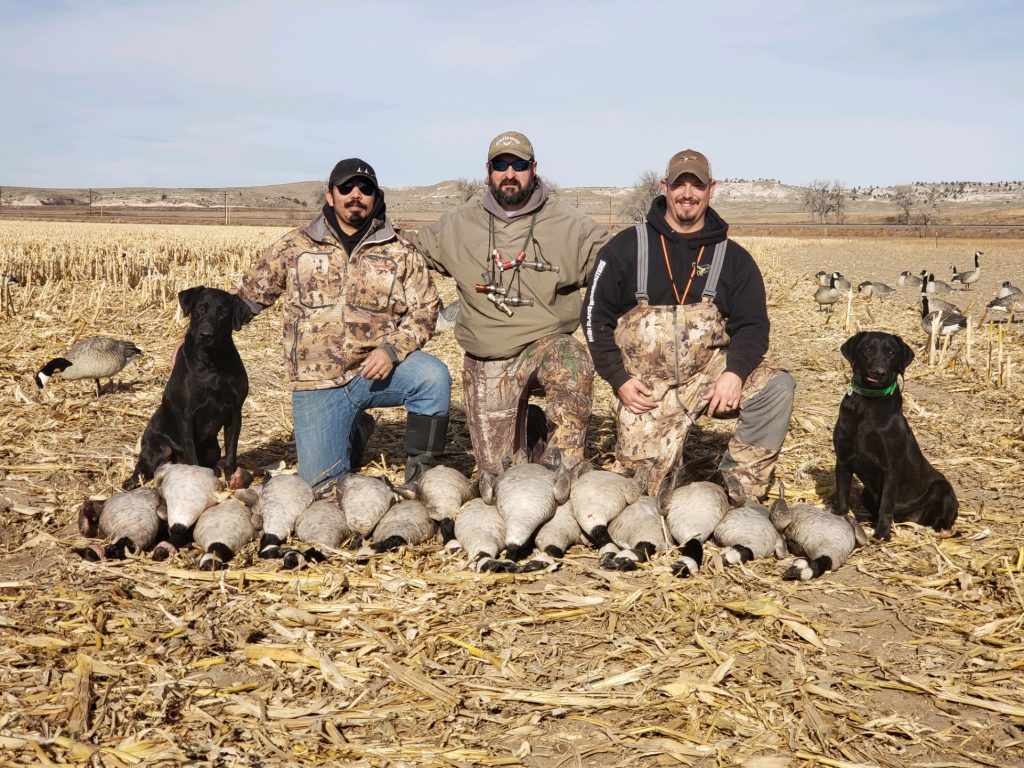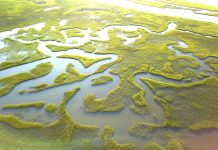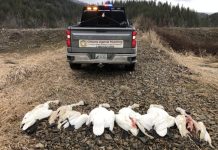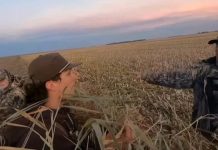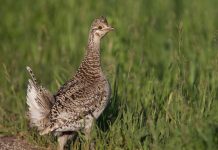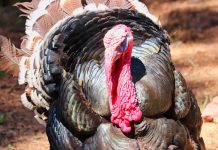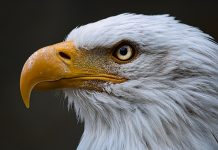Field hunting for Canada geese is as popular as ever and remains one of the most successful tactics for harvesting these birds. When geese head to the fields, they are very susceptible to decoying and there are few spectacles in hunting that rival a group of geese dropping from the heavens towards your decoys. Three important aspects of field hunting:
Hide your hide
The waterfowl hunting industry has for years been putting out what is claimed to be the newest, greatest blind to hide hunters from game but the fact is that none of these do a bit of good unless they are used correctly and in the right situation. I always laugh when I hear hunters say that there is no reason to grass in layout or panel blinds because they are already made from camo fabric. Sure, in the right situation you may be able to fool a bird here or there but to consistently kill numbers of geese it is imperative that you use materials from your surroundings to make your hide disappear.
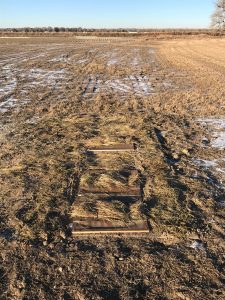
Here at High Plains Wingshooters in SE Wyoming, we hunt almost entirely out of pit blinds. One would think that being underground would in itself be a perfect hide, but the geese have become very good at picking out big wooden boxes that appear out of place in a field. Therefore, we always add dirt and foliage to the tops to be sure they are invisible to approaching birds.
 Duplicate, don’t imitate
Duplicate, don’t imitate
What I mean by this is that decoys are of course meant to imitate live geese but the type of decoy you use and the way you use it is what determines whether or not you are duplicating them. Decoys are produced in multiple poses in order to imitate the different postures of geese but what many hunters fail to address is what these postures mean. For example, a decoy high on a stand with its head straight up is emulating a completely different behavior than a sleeper shell decoy. Why is this important?
Geese sit in fields for two reasons; to feed and to loaf. It is important to know which one you are trying to appear as. If you are in a field that the geese are coming to for food then you will want to use predominately active and feeding style decoys. If you are hunting a loafing field (often times just dirt or pasture ground) you will want to use mostly shell and sleeper style decoys which better imitate the behaviors of resting geese.
It is also important to match your calling to the behaviors you are attempting to reproduce. When feeding geese vocalize, it is almost always an aggression initiated response. Contrary to many hunter’s beliefs, geese are saying “Go away” not “Come down here.” They are protecting their food source which in turn, attracts other geese to the area with known food. Therefore, you want to use aggressive notes and heavier calling. However, in a loafing situation, you would imitate more of the social calls and relaxed behaviors of the species. The best way to learn these differences is to spend as much time as possible observing geese in both situations.
Tools of the trade
Waterfowl gear supply outlets are full of products that claim to be game changers and necessities to harvest birds. The majority of these are based on adding motion to your decoy spread. You see pages and pages of remote control operated flappers and spinning wing decoys that come with a more than puckering price tag. In my opinion, these are not worth half of what they cost. If you are looking to add motion to your set-up, stick to the trusty old goose flag.
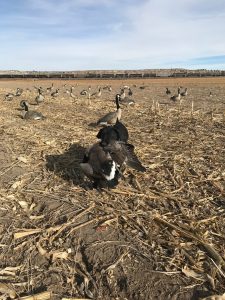
A trained dog is the best and most ethical management tool there is. They are also extremely effective time savers. Anyone who has chased a crippled goose across a cornfield would surely agree! When geese come out to feed it can sometimes be fast and furious and you don’t want to be that guy chasing a cripple across the field, flaring every group of geese that you would otherwise be decoying. A good handling dog makes quick work of downed birds so you can get back in the blind and into the action.
Field hunting Canada geese is extremely effective but also very popular. Use these tips to separate yourself from the competition and good hunting!


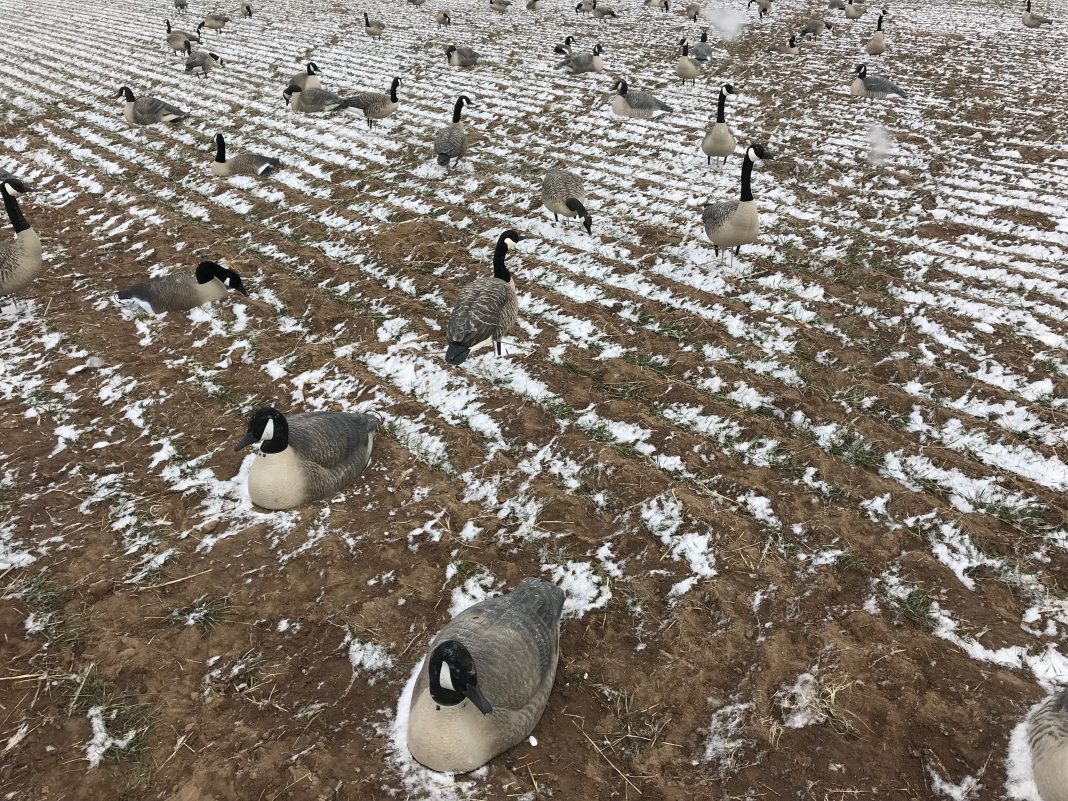
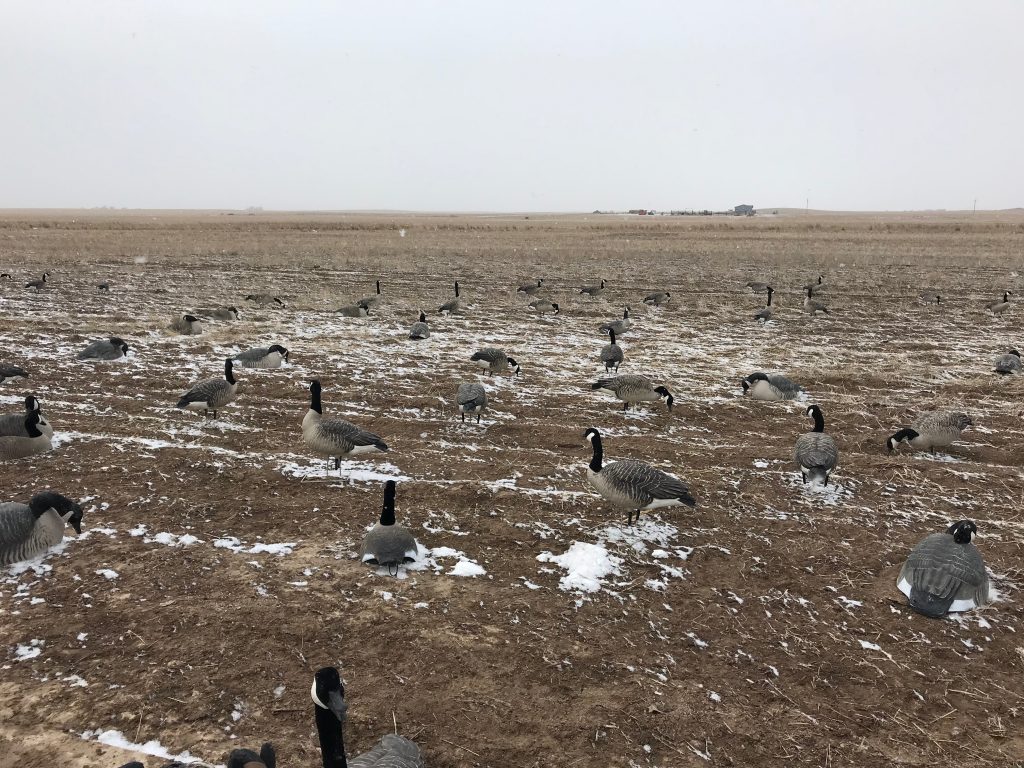 Duplicate, don’t imitate
Duplicate, don’t imitate